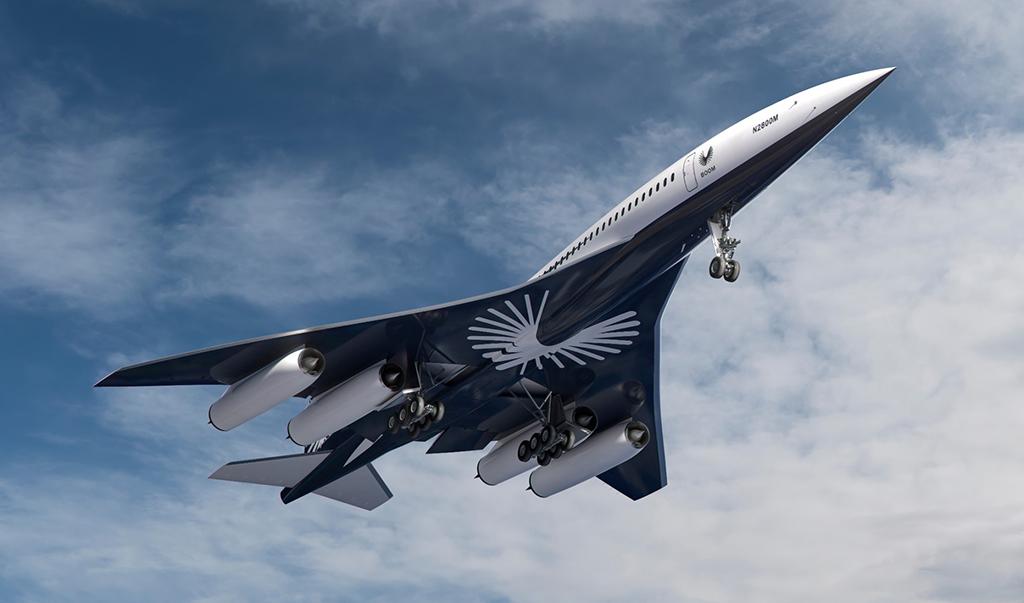
Boom Decides
Boom Supersonic in December formed a team to develop its own engine for the planned Mach 1.7 Overture airliner, having failed to secure an established supplier. Development of the 35,000-lb.-thrust Symphony engine is expected to push entry into service close to 2030. Boom has selected Piedmont Triad International Airport near Greensboro, North Carolina, as the site of its production, test and delivery facility.
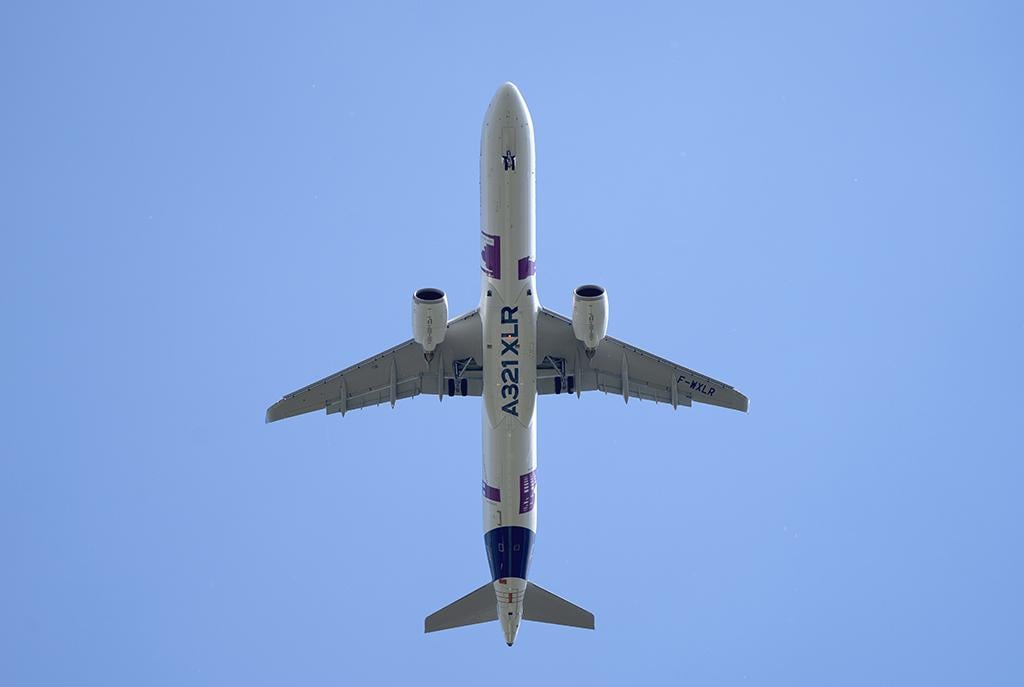
A321XLR Flies
Airbus launched a 1,000-hr., four-aircraft flight-test program for the A321XLR long-range narrowbody airliner with a June 15 first flight from Hamburg-Finkenwerder Airport in Germany powered by CFM International Leap 1A engines.

777X Delayed
Boeing in January launched development of the 777-8F freighter version of the 777X but then in April decided to delay deliveries of the initial 777-9 passenger variant into 2025, from the end of 2023, and paused production. Boeing shifted its focus to resuming 787 deliveries, which rested in August, as well as 737 MAX production and certification of the 737-7 and -10, now expected in late 2023/early 2024.
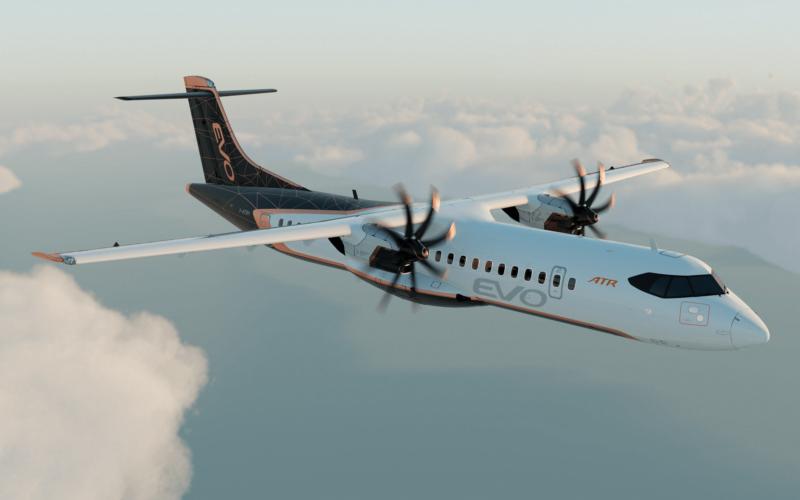
ATR Evolves
ATR in May announced plans to develop the next generation of its family of regional aircraft by 2030, dubbed the ATR EVO. The plan includes a new powerplant with hybrid capability. In November, the company delivered the first ATR 72-600 powered by the improved Pratt & Whitney Canada PW127XT turboprop.
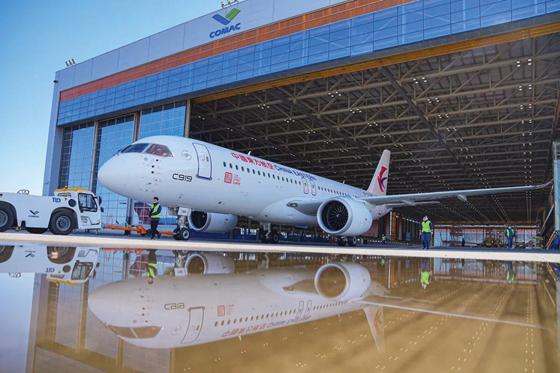
C919 Certified
China’s Comac delivered the first C919 airliner to China Eastern Airlines on Dec. 9, following certification in September and more than five years after first flight. Development of the Sino-Russian Craic C929 widebody aircraft has fallen even further behind, with Russia saying the aircraft is now expected to enter testing by 2030, seven years behind its original plan.
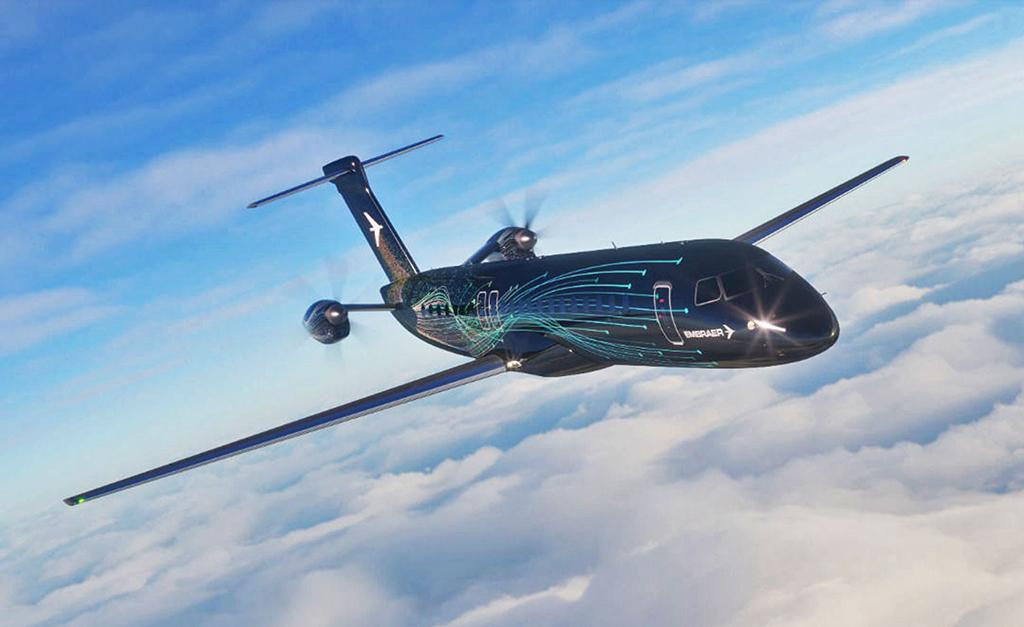
Embraer Adapts
Embraer in February decided to pause certification testing of the E175-E2 regional jet for three years, citing lack of relief from U.S. scope clause limits. In December, the company delayed the planned 2023 launch of a new regional turboprop, having failed to find a suitable engine. But Embraer did complete the design of its E190F and E195F passenger-to-freighter conversions for delivery from 2024.
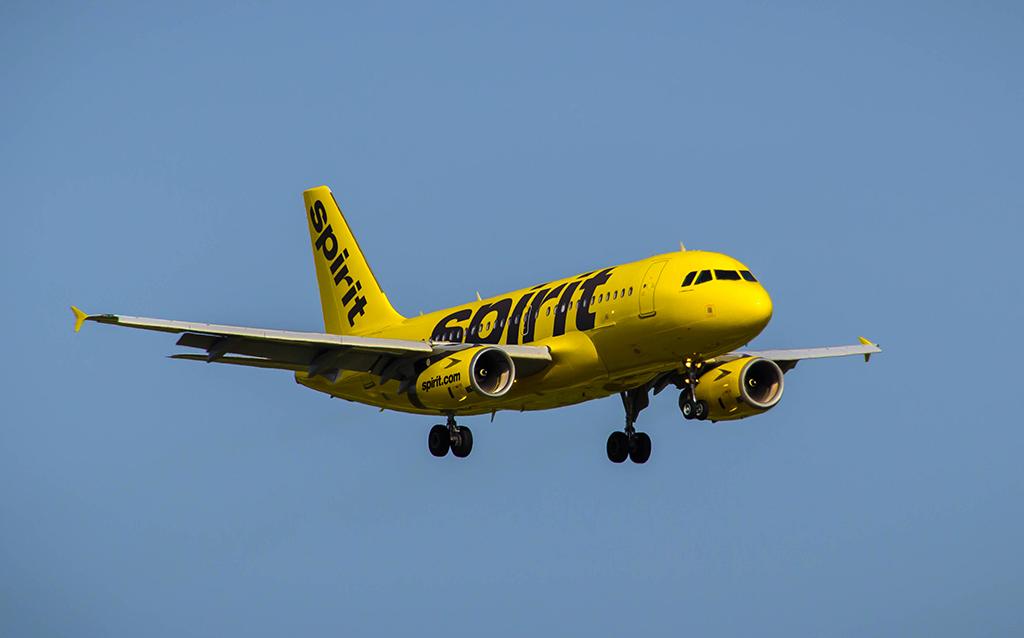
JetBlue Takes Spirit
After a fierce battle between the bidders, Spirit Airlines' shareholders in October voted in favor of a merger with JetBlue Airways, having previously rejected a competing offer from Frontier Airlines. The fate of the deal rests with U.S. federal competition regulators.
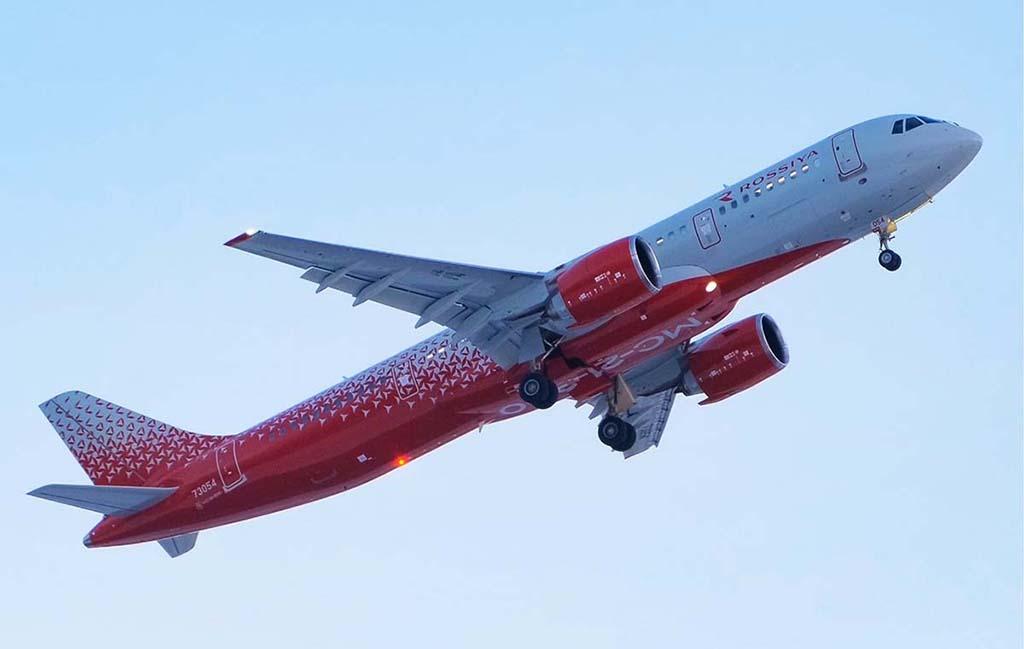
Russia Delays
Certification and production of the Irkut narrowbody airliner was delayed two years, to 2024, after sanctions imposed on Russia following its invasion of Ukraine forced the need to find domestic replacements for the aircraft’s numerous Western-made components.
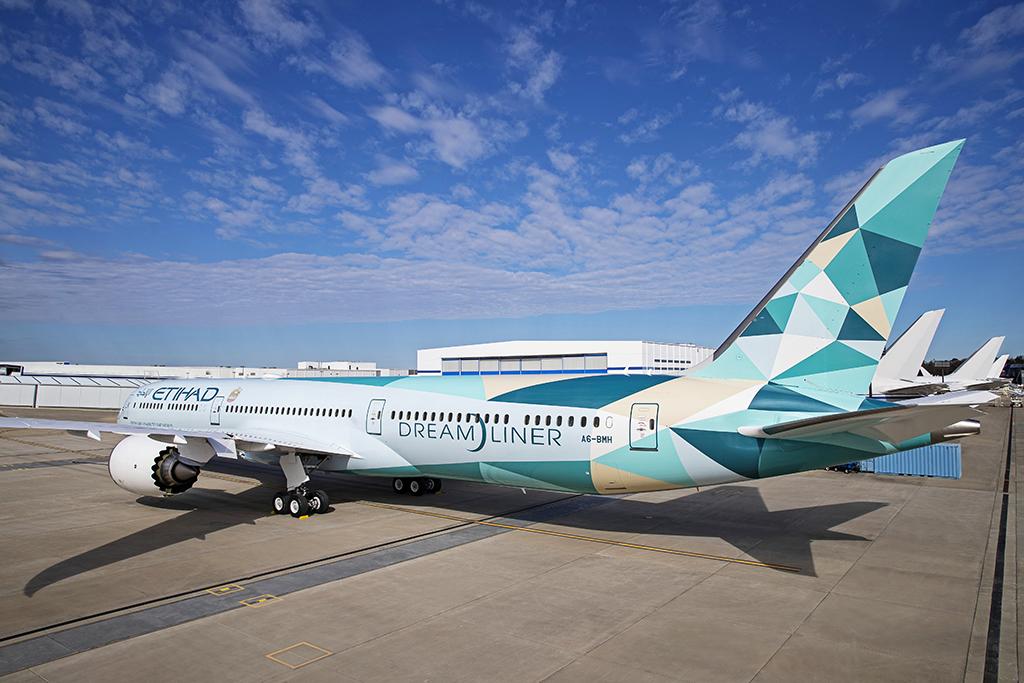
ICAO Commits
As widely anticipated, but only after intense negotiations between member states, the International Civil Aviation Organization (ICAO) adopted the formal Long-Term Aspirational Goal of net-zero carbon emissions by 2050 on Oct. 7, the last day of its triennial general assembly in Montreal.
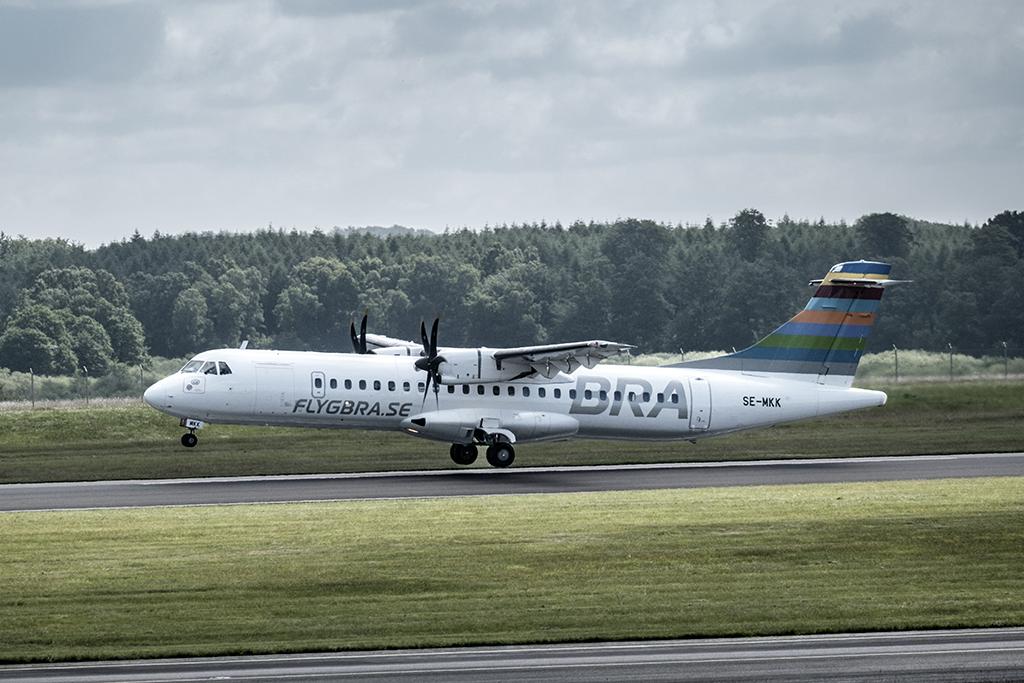
Flying 100% SAF
In June, an ATR 72-600 operated by Swedish carrier Braathens Regional Airlines completed a milestone flight with both engines powered with 100% sustainable aviation fuel (SAF), supplied by Neste. In December, the UK government selected Virgin Atlantic to make the first net-zero transatlantic flight in 2023 with a Boeing 787 using 100% SAF.
For the commercial aircraft industry, 2022 was a year of recovery from the disruptions of the COVID-19 pandemic—a recovery that is not yet complete.
